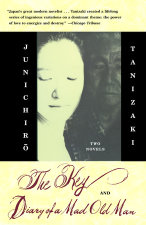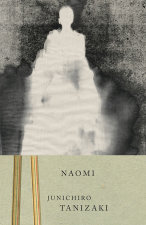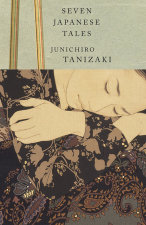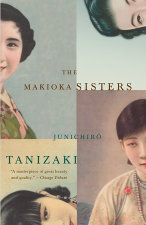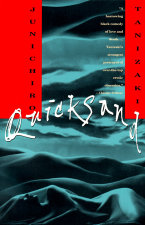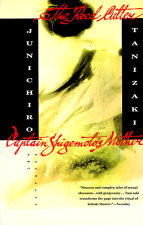The Reed Cutter and Captain Shigemoto's Mother
Two Novellas
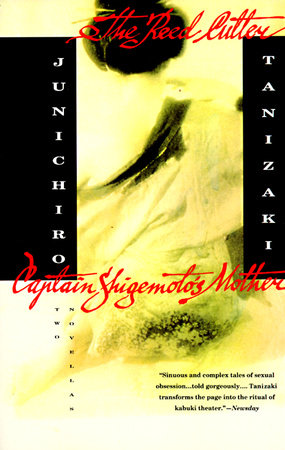
With a precision and brilliance unmatched perhaps by any other novelist of the twentieth century, Junichiro Tanizaki interweaves a sense of his country's deep past with the kind of pathologies and obsessions we are likely to think of as modern. Here, in two eerie and beautiful novellas, he displays this skill at its most elegant and affecting.
The Reed Cutter has a contemporary setting, though it might have taken place any time in the past thousand years. On a fine September evening, the narrator decides to make a solitary excursion to the site of an ancient imperial palace south of Kyoto, a place now lost and overgrown near the banks of a river. Musing upon old poems, passages of…
$19.95
June 24, 1995Junichiro Tanizaki was born in Tokyo in 1886 and lived in the city until the earthquake of 1923, when he moved to the Kyoto-Osaka region, the scene of one of his most well-known novels, The Makioka Sisters (1943-48). The author of over twenty books, including Naomi (1924), Some Prefer Nettles (1928), Arrowroot (1931), and A Portrait of Shunkin (1933), Tanizaki also published translations of the Japanese classic, The Tale of Genji in 1941, 1954, and 1965. Several of his novels, including Quicksand (1930), The Key (1956), and Diary of a Mad Old Man (1961) were made into movies. He was awarded Japan’s Imperial Prize in Literature in 1949, and in 1965 he became the first Japanese writer to be elected…
